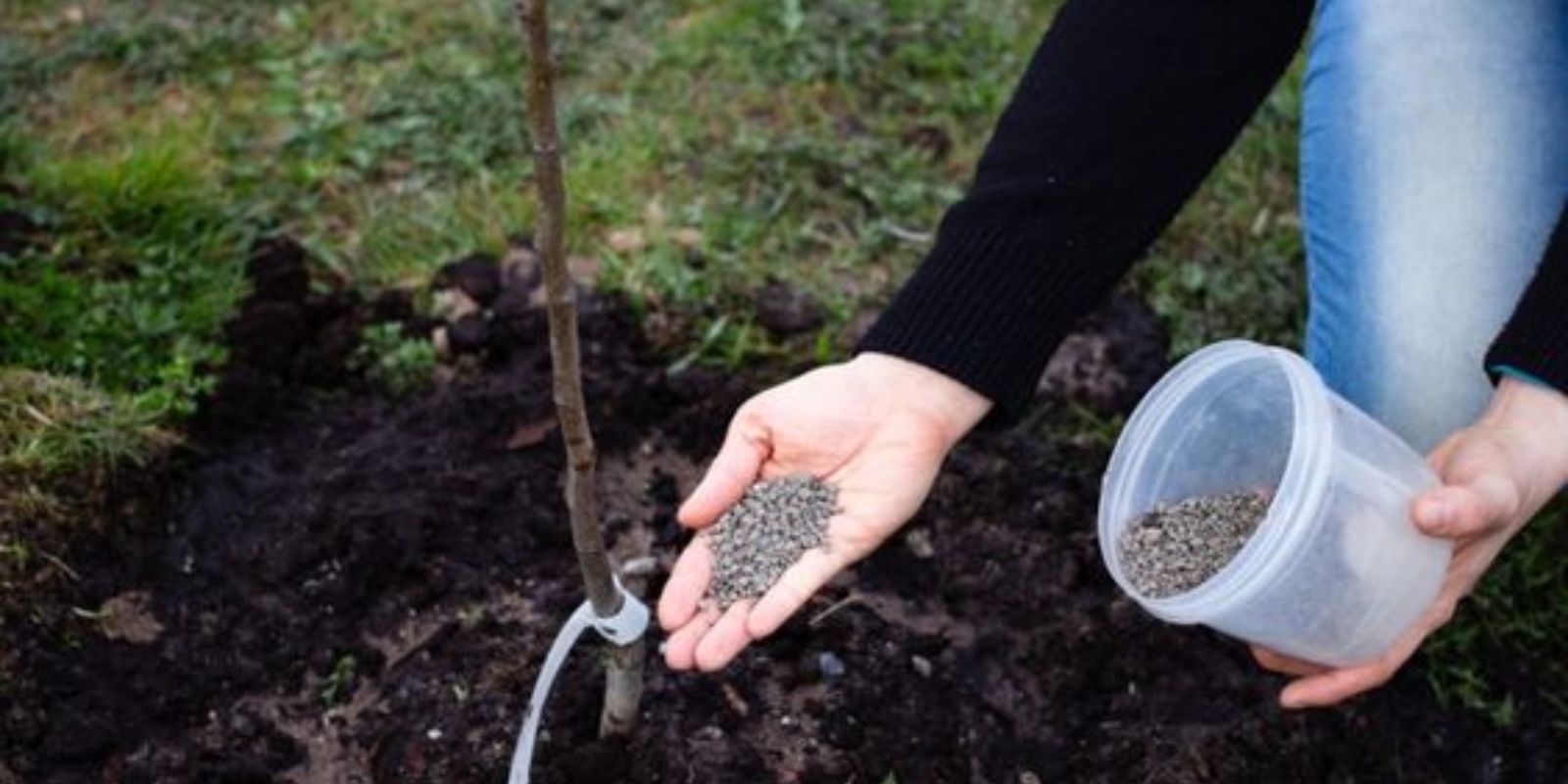Fertilizing trees correctly is key to maintaining their health, vigor, and aesthetic appeal. Proper fertilization can lead to stronger growth, enhanced flowering or fruiting, and improved resistance to pests and diseases. In this article, we’ll delve into the essential steps for fertilizing trees effectively, ensuring that you provide them with the nutrients they need to thrive.
Understanding Tree Fertilization
Trees, like all plants, require essential nutrients to grow and maintain their health. These nutrients include nitrogen (N), phosphorus (P), and potassium (K), as well as secondary nutrients and micronutrients. Fertilizers are designed to supplement these nutrients, especially if they are lacking in the soil.
Choosing the Right Fertilizer
1. Types of Fertilizers
- Complete Fertilizers: These contain all three primary nutrients (N-P-K) in varying ratios, such as 10-10-10 or 20-20-20. They are suitable for general use.
- Specialized Fertilizers: Formulated for specific types of trees or purposes, such as flowering trees or fruit trees. These often have tailored nutrient ratios.
- Organic Fertilizers: Made from natural sources, these fertilizers improve soil health over time and provide slow-release nutrients.
- Synthetic Fertilizers: Manufactured chemicals that offer a quick boost of nutrients but may not improve soil health in the long term.
2. Nutrient Ratios
Choose a fertilizer with a balanced ratio if you’re unsure of your tree’s specific needs. A common balanced ratio is 10-10-10, which provides equal parts nitrogen, phosphorus, and potassium.
Determining the Application Rate
1. Read the Label
Fertilizer packages typically provide application rates based on tree size. Follow these instructions carefully to avoid over-fertilizing, which can harm your tree and the surrounding environment.
2. Calculate the Amount
Determine the correct amount of fertilizer based on the tree’s age and size. For young trees, you’ll need less fertilizer compared to mature trees. A general guideline is 1 pound of fertilizer per inch of trunk diameter, but always refer to the specific product instructions.
Timing Your Fertilization
1. Best Times to Fertilize
- Spring: Early spring is often the best time to fertilize as the tree is coming out of dormancy and preparing for the growing season. This helps the tree utilize the nutrients for new growth.
- Early Summer: Fertilizing in early summer supports continued growth and development. Avoid fertilizing too late in the summer as this can encourage new growth that may not harden off before winter.
2. Avoid Fertilizing in Winter
Do not fertilize during winter or late fall as the tree is in dormancy and cannot effectively utilize the nutrients. Fertilizing at this time can lead to nutrient runoff and potential damage.
Application Techniques
1. Surface Application
For most trees, surface application around the tree’s drip line (the outer edge of the canopy) is effective. Spread the fertilizer evenly in a circular pattern, extending it slightly beyond the drip line.
2. Incorporation
Lightly rake or mix the fertilizer into the top layer of soil to improve nutrient uptake. Be careful not to damage the tree’s roots.
3. Soil Injection
For mature trees with large canopies, soil injection is a technique where fertilizer is injected directly into the soil near the root zone. This method ensures that nutrients reach the tree’s root system more effectively.
Post-Application Care
1. Watering
After applying fertilizer, water the area thoroughly. This helps dissolve the fertilizer and allows nutrients to penetrate the soil and reach the tree’s roots. Ensure that the soil is moist but not waterlogged.
2. Mulching
Applying a layer of mulch around the base of the tree can help retain soil moisture, suppress weeds, and improve soil health. Be sure to keep the mulch a few inches away from the tree trunk to prevent rot.
Monitoring and Adjusting
1. Observe Tree Health
Monitor your tree’s growth and overall health after fertilizing. Look for signs of improvement such as increased foliage, better fruit production, or enhanced flowering. If the tree shows signs of nutrient deficiencies or excesses, adjust your fertilization practices accordingly.
2. Soil Testing
Conduct periodic soil tests to check nutrient levels and soil pH. This helps you determine if additional fertilization is needed and ensures that you’re not over-applying nutrients.
Common Mistakes to Avoid
- Over-Fertilizing: Applying too much fertilizer can lead to excessive foliage growth, reduced fruiting, and increased vulnerability to pests and diseases. Always follow recommended application rates.
- Improper Timing: Fertilizing at the wrong time can waste nutrients and negatively affect the tree’s health. Stick to recommended times for application.
- Ignoring Soil Conditions: Failing to consider soil type and existing nutrient levels can lead to poor fertilization results. Always test your soil and adjust your fertilization plan based on its needs.
Conclusion
Fertilizing trees correctly is essential for their health and vitality. By choosing the right fertilizer, determining the correct application rate, and applying it at the optimal times, you can ensure your trees receive the nutrients they need to thrive. Follow these guidelines to promote robust growth, enhance flowering or fruiting, and support your trees’ overall well-being. Proper fertilization not only benefits the trees but also contributes to a healthier, more vibrant garden. 🌳✨
Feel confident in your tree care routine and enjoy the beauty and benefits of well-nourished trees in your landscape!

